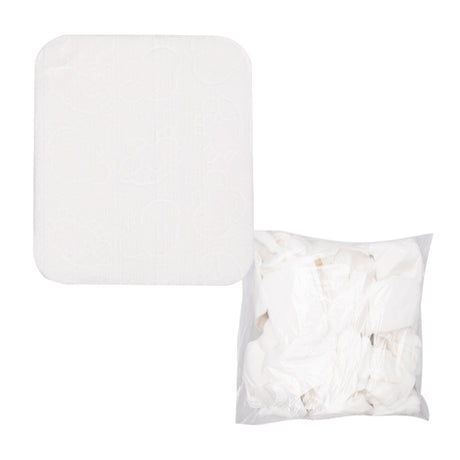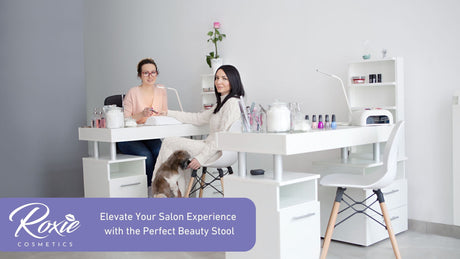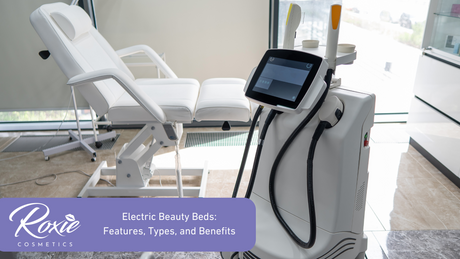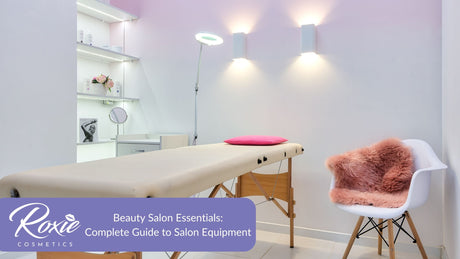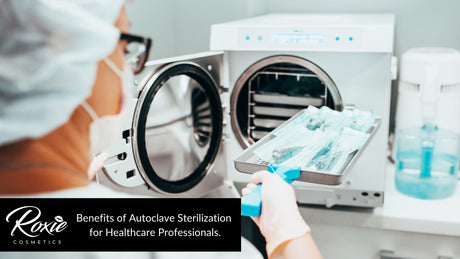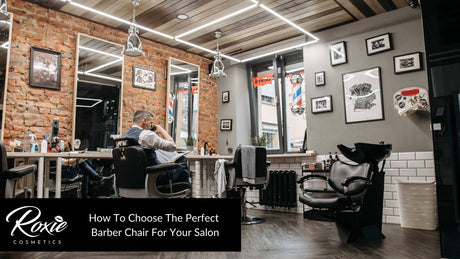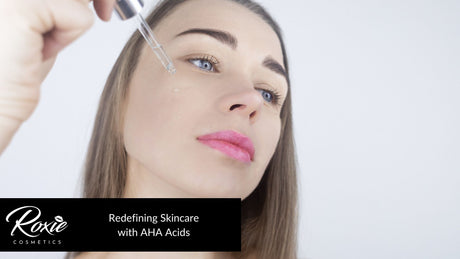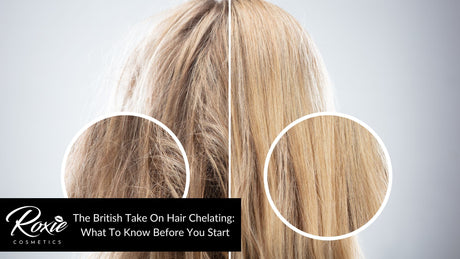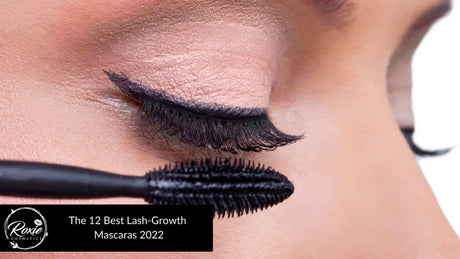If you’ve ever wondered why your hair behaves the way it does, the answer may lie in its porosity. Porosity is a measure of how well your hair is able to absorb and retain moisture. It’s determined by the structure of your hair follicles, which are the tiny tubes that each strand of hair that grows.
If your hair follicles are wide, your hair is said to be high porosity. This means that your hair can absorb a lot of moisture, but it can also be quick to lose that moisture. High porosity hair is often dry, frizzy, and prone to tangling.
If your hair follicles are small, your hair is said to be low porosity. This means that your hair has trouble absorbing moisture, but it can also be resistant to losing that moisture. Low porosity hair is often shiny and smooth, but it can also be prone to build-up and flatness.
If your hair follicles are of medium size, your hair is said to be normal porosity. This means that your hair is able to absorb and retain moisture relatively well. Normal porosity hair is often manageable and easy to style.
What is Hair Porosity?
Hair porosity is a measure of how well your hair is able to absorb and hold moisture. There are three levels of porosity: low, medium, and high. Low porosity hair typically has a hard, smooth surface and does not absorb moisture well. Medium porosity hair is more porous than low porosity hair and can hold more moisture. High-porosity hair is very porous and can absorb large amounts of moisture.
What Types of Hair Porosity are There?
There are three types of hair porosity: low, medium, and high. Low-porosity hair has cuticles that lie flat, making it difficult for moisture to penetrate the shaft. This type of hair is often resistant to hair colour and can be difficult to style. Medium porosity hair has slightly raised cuticles that allow some moisture to enter the shaft, but not as much as high porosity hair. This type of hair is often easier to style and can be more responsive to hair colour. High porosity hair has raised cuticles that allow a lot of moisture to enter the shaft. This type of hair can be more difficult to style but is often more responsive to hair colour.
Determining Hair Porosity
There are many different factors that can affect the porosity of your hair. The three main factors are: the environment, your diet, and your hair care routine.
The environment can affect your hair porosity because if you are constantly exposing your hair to harsh chemicals or heat, it can damage the cuticles. This will make your hair more porous and prone to breakage.
Your diet can also affect your hair porosity. If you are not getting enough nutrients, it can make your hair weak and brittle. This can also lead to damage and breakage.
Your hair care routine can also affect your hair porosity. If you are using products that are too harsh or if you are not using the right products for your hair type, it can damage your hair. This will make your hair more porous and prone to breakage.
How Hair Type and Porosity Relate
Your hair type and porosity levels are connected. If you have high porosity hair, you likely have coarse, brittle strands that are prone to tangles and frizz. Fine, thin hair usually has low porosity and lacks body and shine. Medium porosity is the happy medium between the two extremes. This type of hair is easy to style, holds colour well, and is generally more manageable.
Hair porosity is determined by the amount of natural oil your scalp produces and how well your hair retains moisture. If your hair repels water and is difficult to hydrate, you have high porosity hair. This is often the result of damage to the hair shaft, which can be caused by heat styling, chemical processing, or environmental factors. Low porosity hair is just the opposite. This type of hair is resistant to damage and retains moisture well. Medium porosity hair falls somewhere in the middle.
Accurate Hair Porosity Test
Hair porosity is the amount of water your hair can absorb. The porosity of your hair will determine how well your hair holds moisture, how easily it becomes damaged, and how often you need to deep condition your hair. You can test the porosity of your hair at home with the strand test. To do the strand test, take a small strand of hair and drop it into a cup of water. If the strand of hair floats, you have low-porosity hair. If the strand of hair sinks, you have high porosity hair. If the strand of hair sinks and then floats back up, you have medium porosity hair.
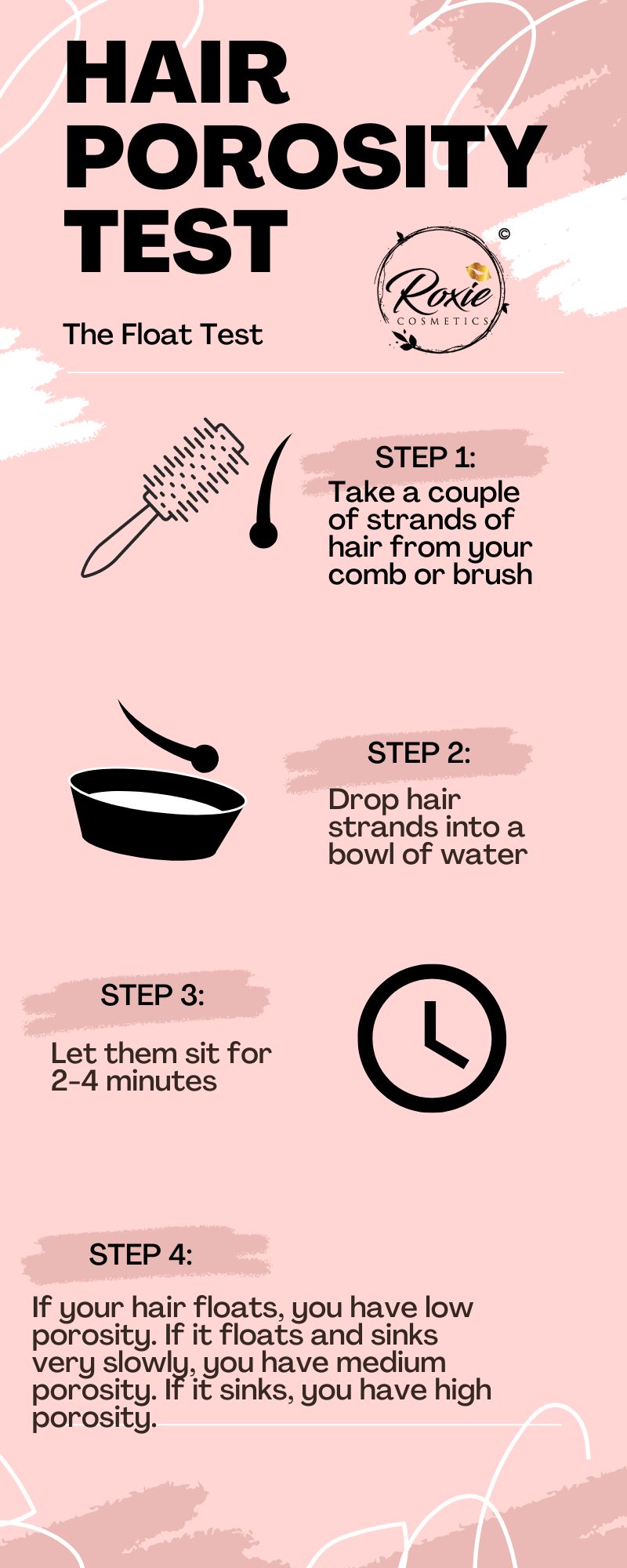
Low-Porosity Hair & How to Care Them?
Low-porosity hair is hair that does not absorb moisture well. The cuticles of low-porosity hair lie flat against the shaft of the hair, making it difficult for moisture and oils to penetrate the hair. Low-porosity hair is often dry, brittle, and difficult to style.
There are a few things you can do to care for low-porosity hair. First, avoid products that contain alcohol, which can dry out the hair. Second, use a deep conditioning treatment once a week to help hydrate the hair. Finally, use a leave-in conditioner or serum to help seal in moisture.
Low-Porosity Best Hair Products
Low-porosity hair is best described as difficult to moisturize. The cuticle layer of low porosity hair is tightly compacted, making it difficult for moisture and product to penetrate the cortex. Low porosity hair tends to be resistant to change, retains moisture and can be difficult to colour. The best hair products for low-porosity hair are ones that are lightweight and water-based.
Medium-Porosity Hair & How to Care Them?
Medium-porosity hair is neither too dry nor too oily, and it’s not as susceptible to damage as low-porosity hair. But that doesn’t mean it’s easy to care for! In fact, medium-porosity hair can be quite tricky, as it’s not quite as resilient as high-porosity hair, and it can be easily weighed down by products. The key to caring for medium-porosity hair is to find a balance between hydration and protein. Too much of either one can lead to problems, so it’s important to find a routine that works for you.
Medium-Porosity Best Hair Products
If you have medium-porosity hair, your hair falls somewhere in between low and high porosity. This means that your hair is able to absorb some moisture, but not as much as hair with low porosity. The best hair products for medium-porosity hair are ones that will help to add moisture to your hair without weighing it down. Look for products that contain hydrating ingredients like glycerin, honey, and aloe vera. Avoid products with alcohol, which can dry out your hair.
High-Porosity Hair & How to Care Them?
High-porosity hair is hair that has large gaps in the cuticle. This type of hair can be caused by over-processing, heat damage, and chemical damage. High-porosity hair is often dry, frizzy, and difficult to style. However, there are ways to care for high-porosity hair so that it is healthy and easy to manage. Here are some tips:
- Use gentle shampoos and conditioners. Avoid products with harsh chemicals or sulfates.
- Use a wide-tooth comb or brush to avoid damaging the hair.
- Use leave-in conditioners and oils to help hydrate and protect the hair.
- Avoid heat styling as much as possible. If you must use heat, use a heat protectant and lower the temperature.
By following these tips, you can care for your high-porosity hair and keep it healthy and manageable.
High-Porosity Best Hair Products.
Hair porosity is determined by the cuticle, or outer layer of the hair. If the cuticle is raised, the hair is considered to be high-porosity. High-porosity hair is more prone to damage and breakage because the raised cuticle allows moisture and oil to escape from the hair shaft. The best products for high-porosity hair are those that help to seal the cuticle and prevent moisture and oil from escaping. These products include leave-in conditioners, oils, and serums.
How to Improve Your Hair Porosity?
Hair porosity is the ability of your hair to absorb and retain moisture. Low-porosity hair has difficulty absorbing moisture, while high-porosity hair absorbs moisture too easily and can become damaged. Improving your hair porosity can help you achieve healthy, manageable hair.
There are a few ways to improve your hair porosity. One way is to use a clarifying shampoo to remove build-up from your hair. This will allow your hair to better absorb moisture. You can also try using a deep conditioning treatment or hot oil treatment to help improve your hair porosity. Be sure to use a conditioner that is specifically designed for your hair type.
Finally, make sure you are using the right products for your hair. If your hair is low porosity, use products that are light and oil-free. High porosity hair can benefit from products that are heavier and more moisturizing. By using the right products and taking care of your hair, you can improve your hair porosity and achieve healthy, beautiful hair.
Conclusion
Hair porosity is the degree to which your hair is able to absorb and retain moisture. There are three levels of porosity: low, medium, and high. Low porosity hair has cuticles that lie flat, making it difficult for moisture to enter. Medium porosity hair has some raised cuticles, allowing moisture to enter more easily. High porosity hair has raised cuticles that allow moisture to enter and escape easily. To determine your hair porosity, you can do a simple test at home. Simply take a strand of your hair and place it in a bowl of water. If the strand sinks, you have low-porosity hair. If it floats, you have high porosity hair. If it sinks and then floats, you have medium porosity hair.







